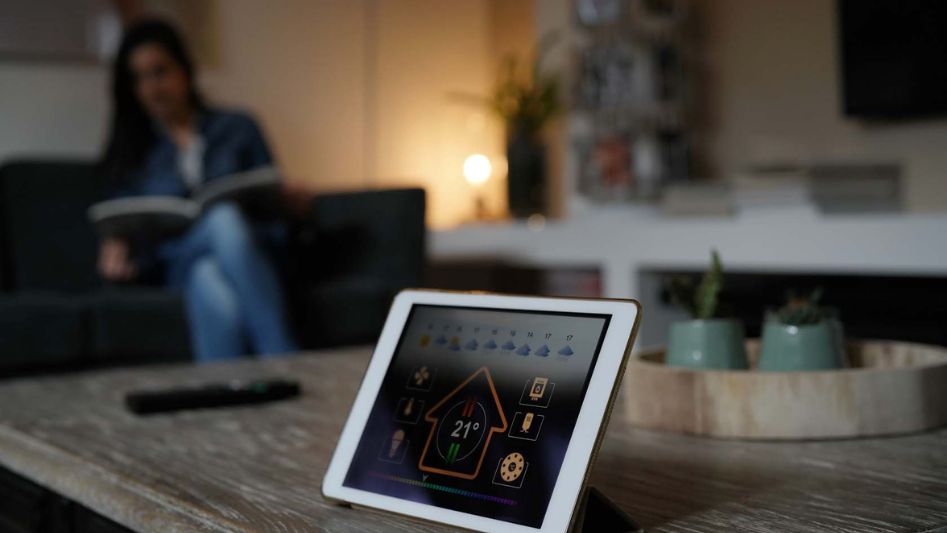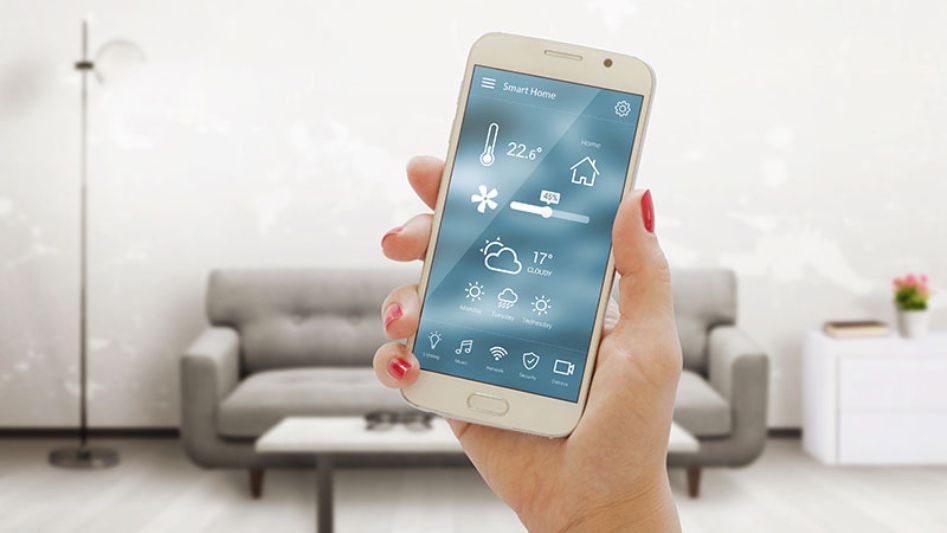The Internet of Things (IoT) is revolutionizing the way we monitor and control energy consumption. With the increasing number of IoT-enabled devices such as smart meters, smart appliances, and home automation systems, we now have the ability to gather real-time data on energy usage, analyze patterns and trends, and make adjustments to optimize energy consumption. This is leading to a more efficient, cost-effective, and environmentally-friendly approach to energy management.
Table Of Content

Real-time monitoring of energy consumption
One of the key benefits of IoT in energy management is the ability to monitor energy consumption in real-time. Smart meters, for example, gather data on energy usage and transmit it to a central hub or cloud-based system. This data can then be analyzed to identify patterns and trends in energy consumption. This allows for the identification of areas where energy efficiency can be improved, such as identifying which appliances or equipment are using the most energy, and when. This way, the energy usage can be managed effectively and the energy conservation efforts can be maximized.
Remote control of energy consumption
IoT also enables remote control of energy consumption. With IoT-enabled devices such as smart thermostats, it is possible to adjust energy usage from a smartphone or web-based application. This can be particularly useful for managing energy consumption in buildings or homes that are not continuously occupied, such as vacation homes or rental properties. It also allows for the scheduling of the energy use, for example switching off the lights or adjusting the temperature of the house when not in use.

Integration of renewable energy sources
The integration of renewable energy sources such as solar and wind energy also benefits from IoT. Smart inverters, for example, can be used to monitor and control the energy generated by these sources, increasing the efficiency and reliability of the system. The performance of solar panels and wind turbines can also be monitored and optimized using IoT devices, providing real-time data that can be used to improve the efficiency of these systems over time.
Efficiency of energy distribution and transmission
Another benefit of IoT in energy management is the ability to improve the overall efficiency of energy distribution and transmission. Smart grid technologies, such as Advanced Metering Infrastructure (AMI), allow for real-time monitoring and control of the power grid, helping to improve the overall stability and reliability of the energy system. This can also help to reduce energy losses and improve the overall efficiency of the energy system, leading to cost savings for both energy providers and consumers.
Cybersecurity for IoT-enabled energy management systems
It’s important to note that the proper security of IoT devices and systems is crucial to prevent any vulnerabilities that could lead to breaches and unauthorized access to the energy data. IoT-enabled energy management systems are required to comply with regulations and industry standards to ensure the protection of data and privacy.
Conclusion
IoT is revolutionizing the way we monitor and control energy consumption. The ability to gather real-time data on energy usage, analyze patterns and trends, and make adjustments to optimize energy consumption, is leading to a more efficient, cost-effective, and environmentally-friendly approach to energy management. The integration of renewable energy sources, the ability to monitor and control energy consumption remotely, and the overall improvement of energy distribution and transmission, are just a few examples of how IoT is revolutionizing energy management. However, the proper security of IoT devices and systems is crucial to protect data and privacy and comply with regulations and industry standards.

FAQ
How does IoT enable real-time monitoring of energy consumption?
IoT devices such as smart meters gather data on energy usage and transmit it to a central hub or cloud-based system for real-time analysis.
How can IoT devices be used to remotely control energy consumption?
IoT-enabled devices such as smart thermostats can be controlled through a smartphone or web-based application to adjust energy usage.
How does IoT improve the integration of renewable energy sources?
IoT devices such as smart inverters can monitor and control the energy generated by renewable sources like solar and wind, increasing efficiency and reliability.
How does IoT improve the overall efficiency of energy distribution and transmission?
IoT-enabled devices such as smart grid technologies can improve the stability and reliability of the power grid, reducing energy losses.
What is the importance of cybersecurity in IoT-enabled energy management systems?
Proper security of IoT devices and systems is crucial to prevent breaches and unauthorized access to energy data and to comply with regulations and industry standards.
You May Also Like
- ENERGY: WHAT DOES THE FUTURE LOOKS LIKE?
- WHY WE STILL NEED INNOVATION IN GREEN ENERGY TECH?
- WHAT IS THE DEATH RATES PER ENERGY SOURCE?
- RENEWABLE ENERGY: THE FACTS OF THIS GREEN REVOLUTION
- TOP 3 USES OF ENERGY IN OUR DAILY LIVES
External Links
- How to use IoT for energy efficiency and sustainability
- Internet of Things-Based Smart Electricity Monitoring and Control System Using Usage Data
- 10 Benefits of Smart Energy Management Using IoT (Internet of Things)
- 6 Great Advantages of Transforming the Energy Sector with IoT
- IoT for Energy Efficiency: Key Application Areas
